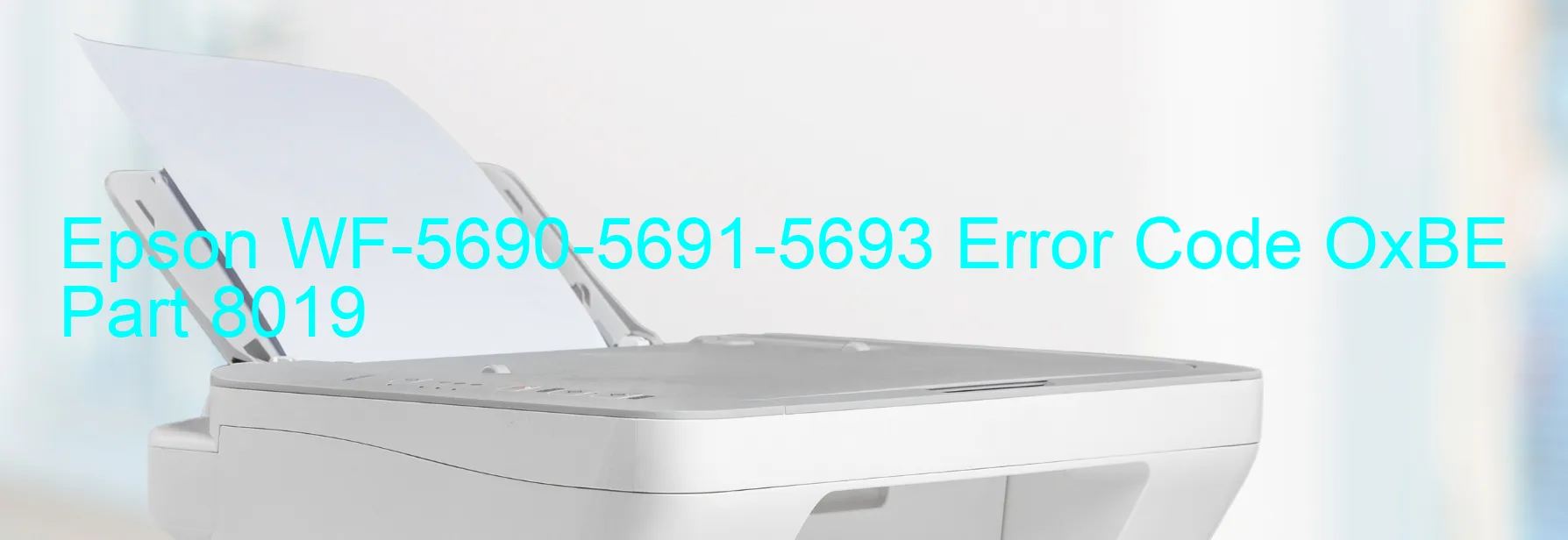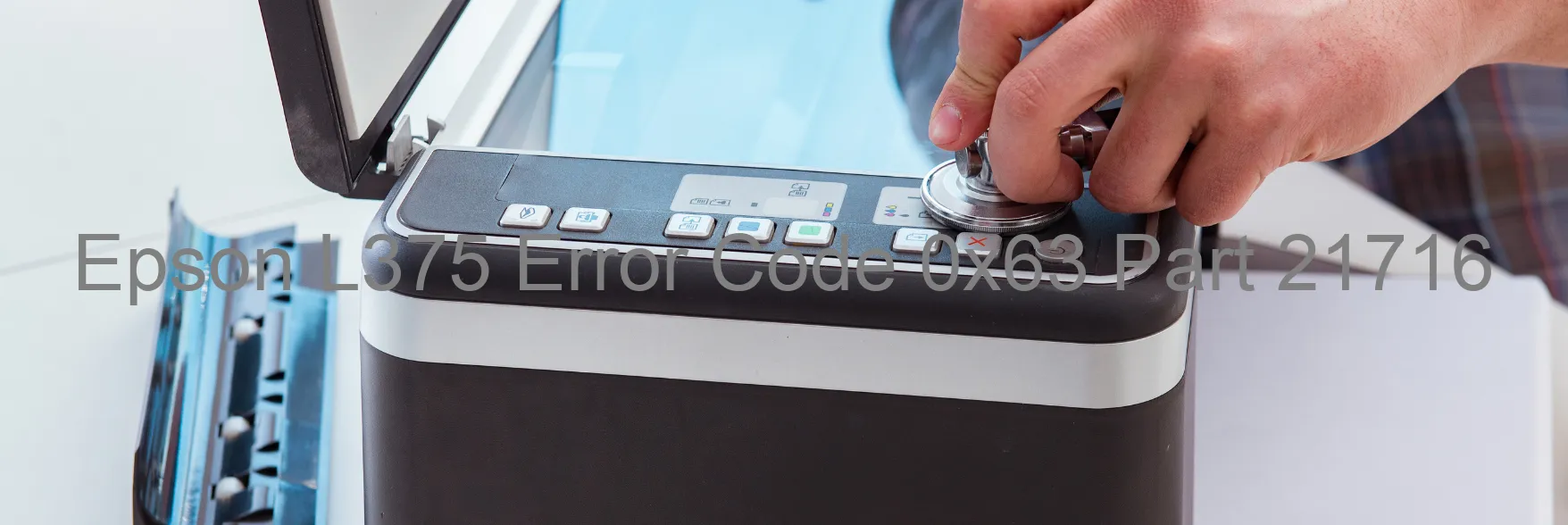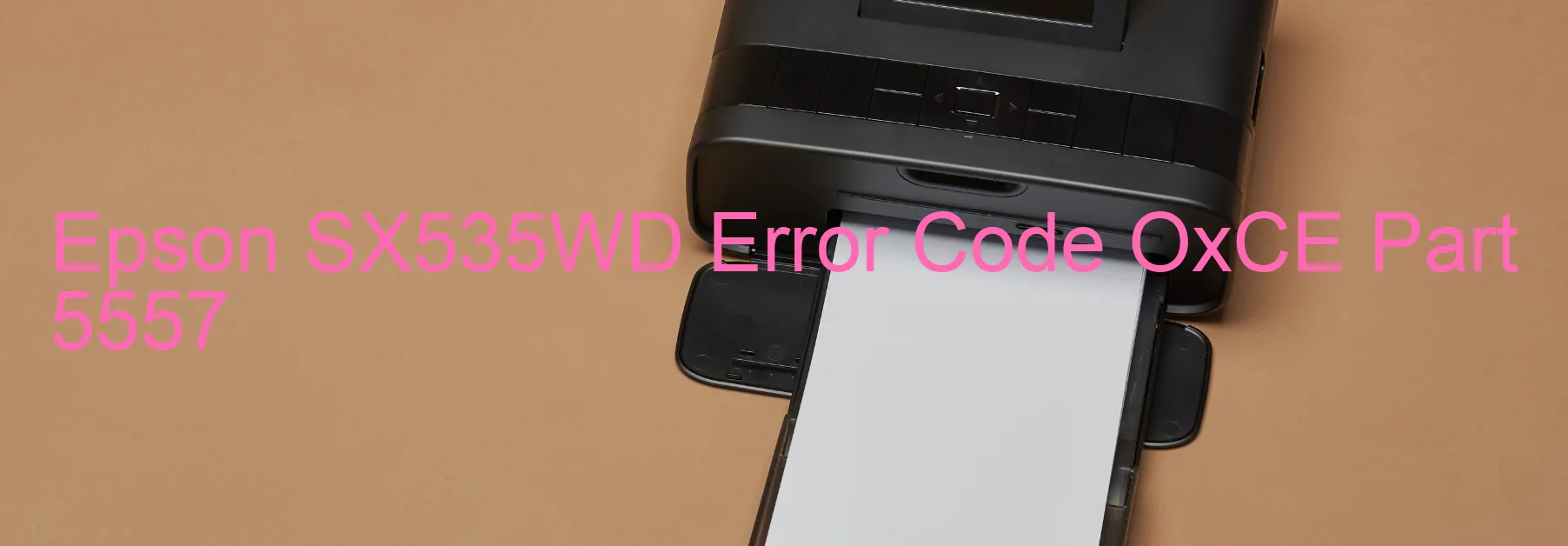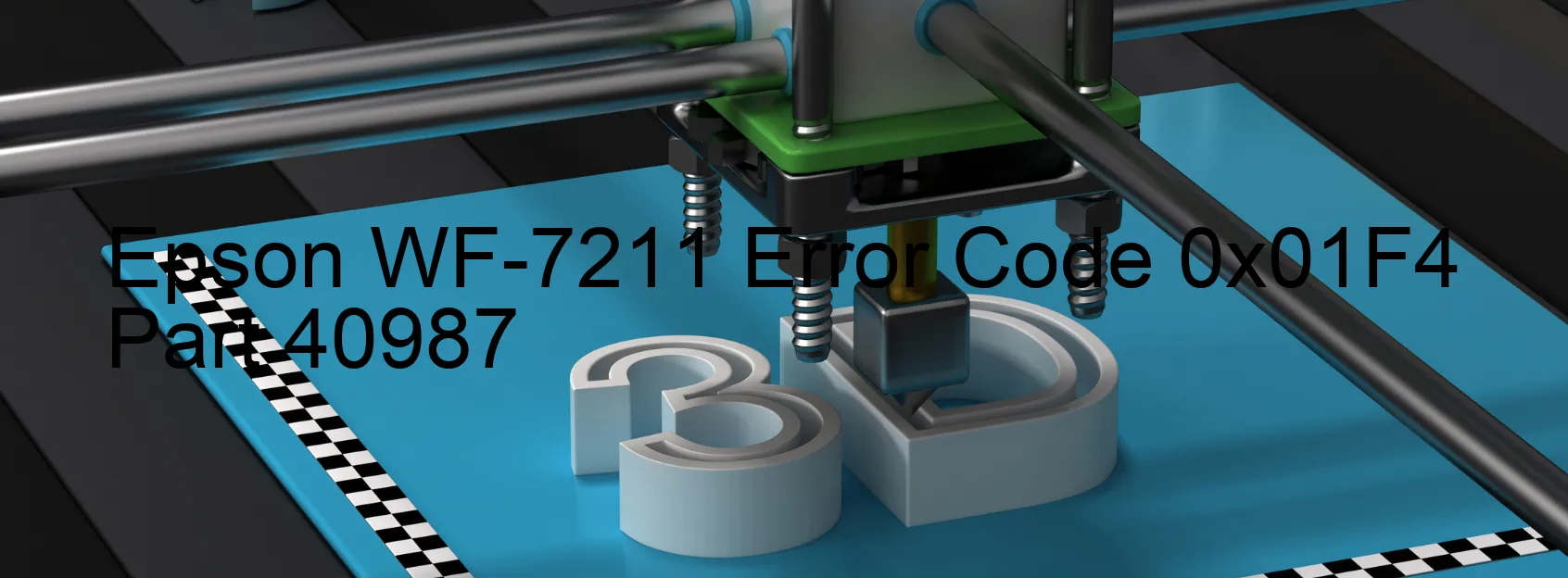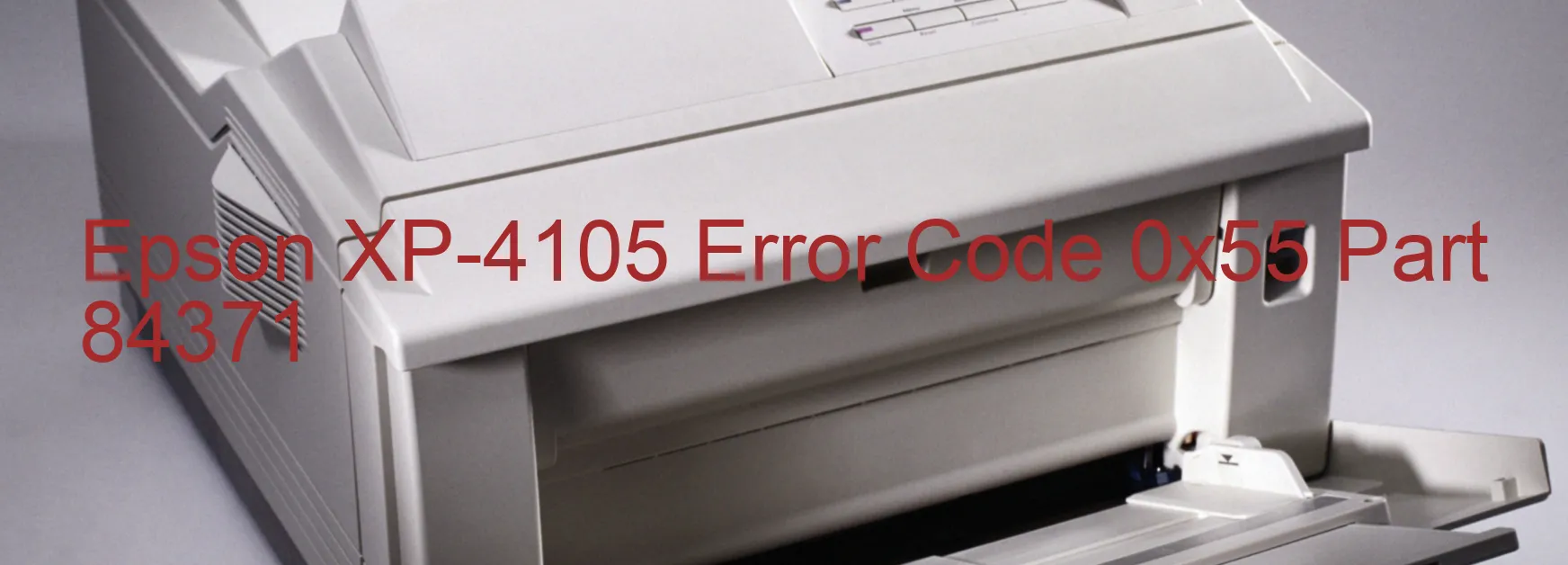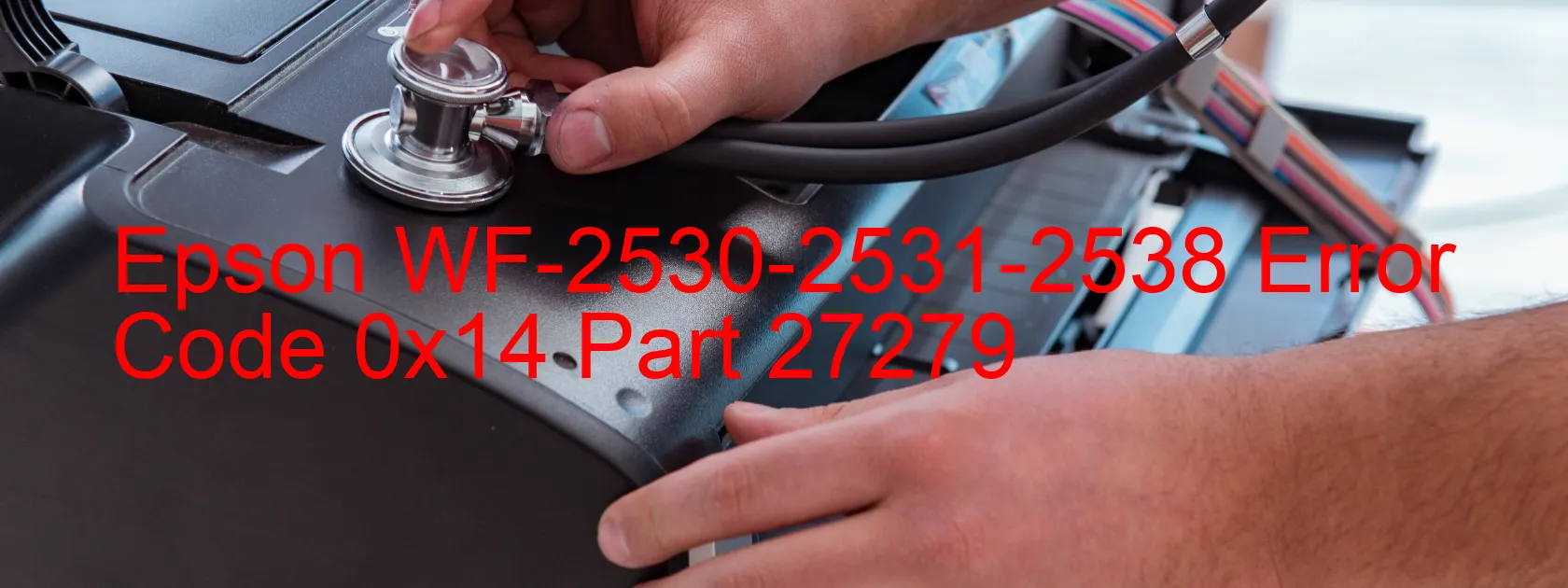Epson C90 Error 0xB4
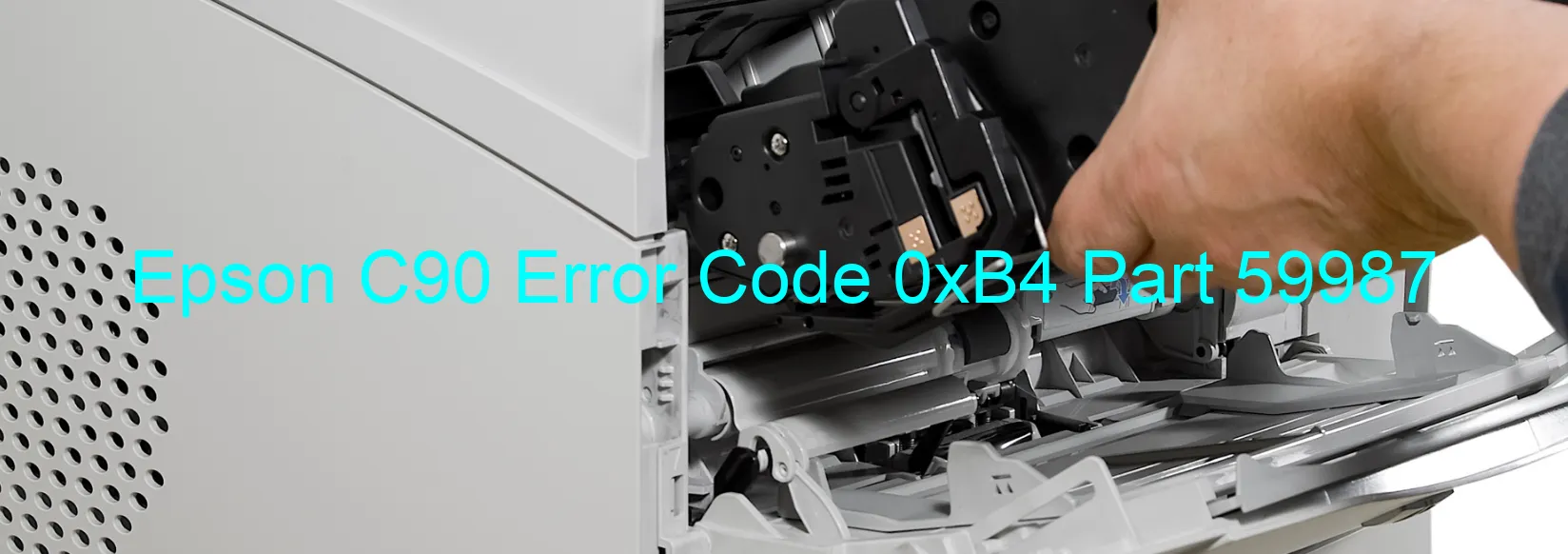
The Epson C90 printer is an efficient device that provides high-quality printing solutions. However, like any technological equipment, it may encounter errors that disrupt its functionality. One such error is the 0xB4 error code, which is displayed on the printer. This code specifically indicates an ink device error, which can be caused by multiple factors.
One of the common causes of the 0xB4 error is an ink cartridge failure. If the ink cartridges are not properly installed or are low on ink, the printer may display this error code. Therefore, it is recommended to check the cartridges and ensure they are securely inserted, as well as replace any empty or defective cartridges.
Another potential cause of the error is a failure in the holder board assembly, more specifically, the CSIC (ink chip) or contact failure. In this case, checking the connections between the CSIC chip and the printer is advised. If any loose connections are discovered, they should be reconnected firmly to resolve the issue.
In some instances, the error may be attributed to a main board failure. If this is the case, professional help may be required to diagnose and repair the printer’s main board.
Finally, it is also essential to check for any cable or FFC (Flat Flexible Cable) disconnections. These cables are responsible for the communication between different components of the printer. If a cable is loose or disconnected, the printer may not function correctly. It is recommended to ensure all cables are correctly connected and tightly secured.
By troubleshooting these potential causes, users can resolve the Epson C90 error code 0xB4 and resume their printing tasks efficiently. However, if the issue persists, it is advisable to seek technical assistance from Epson support or a qualified professional.
| Printer Model | Epson C90 |
| Error Code | 0xB4 |
| Display on | PRINTER |
| Description and troubleshooting | Ink device error. Ink cartridge failure. Holder board assy failure (CSIC or contact failure). Main board failure. Cable or FFC disconnection. |
